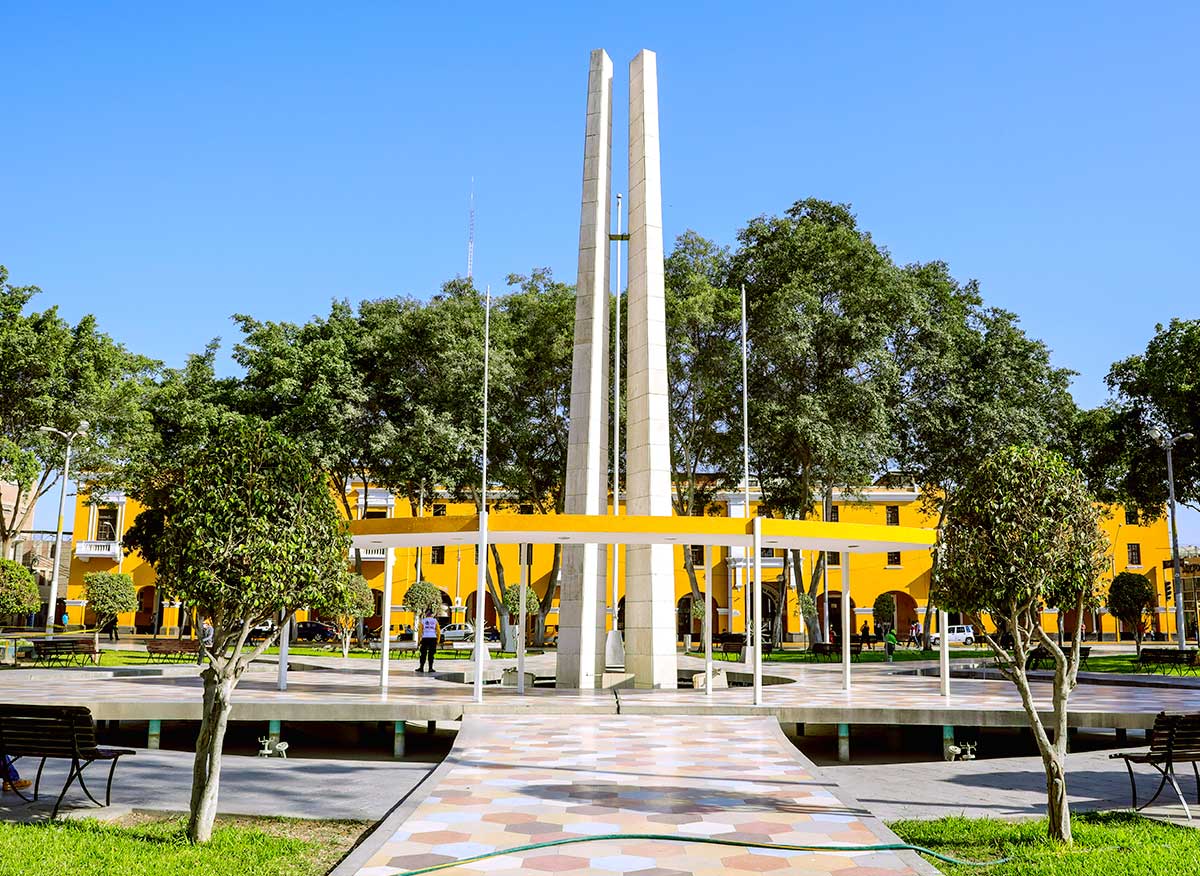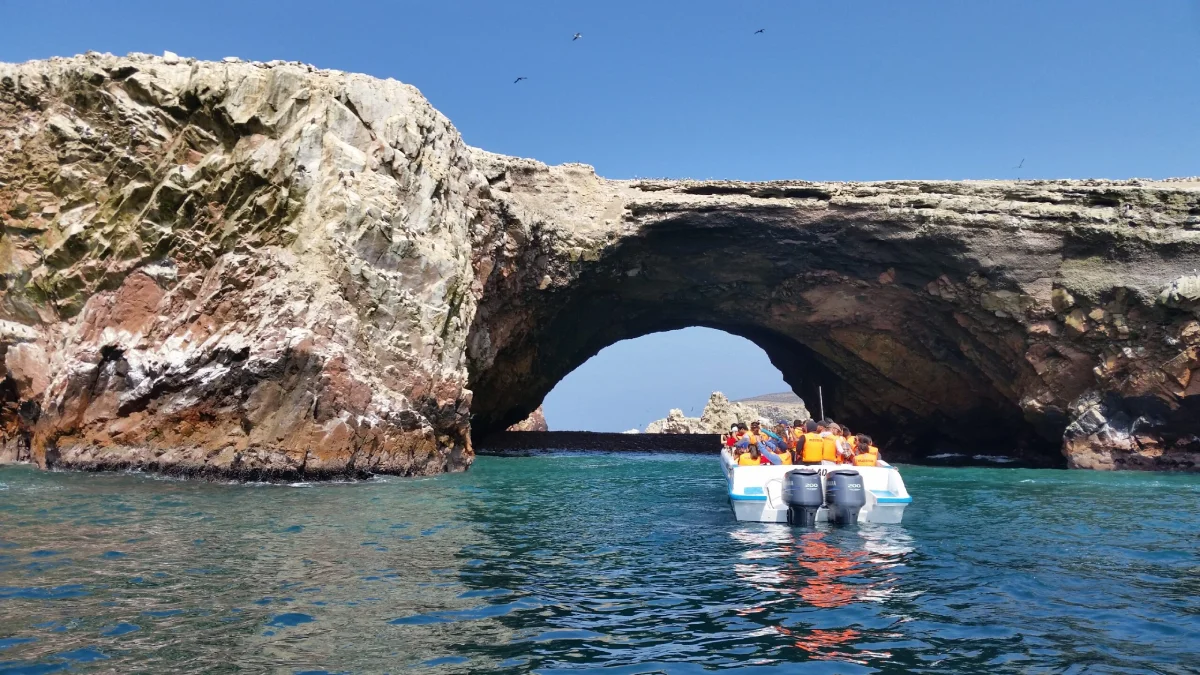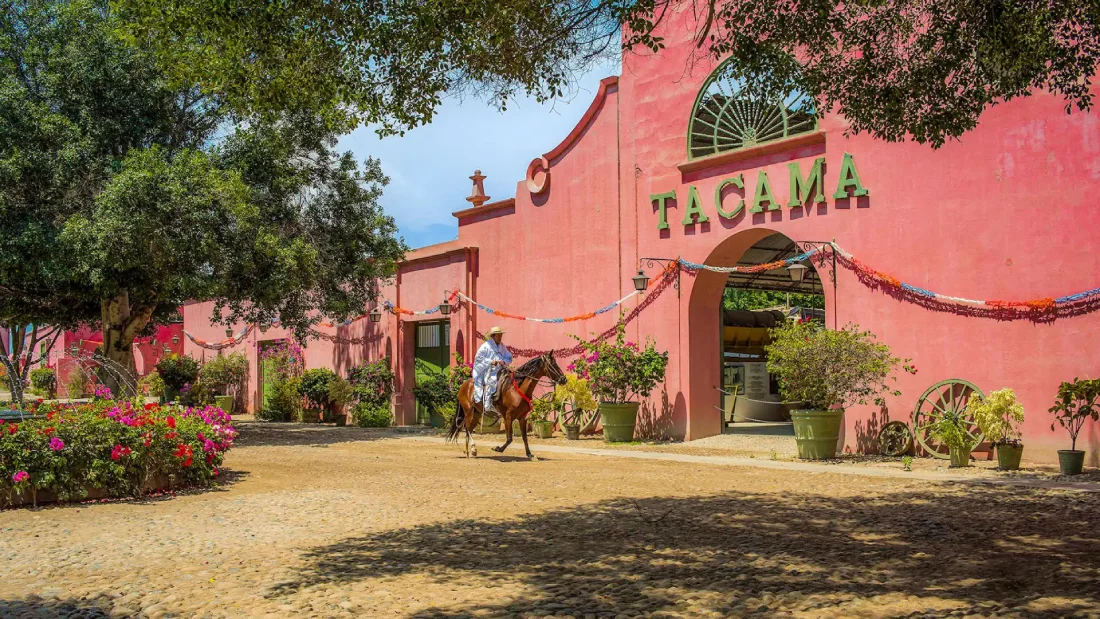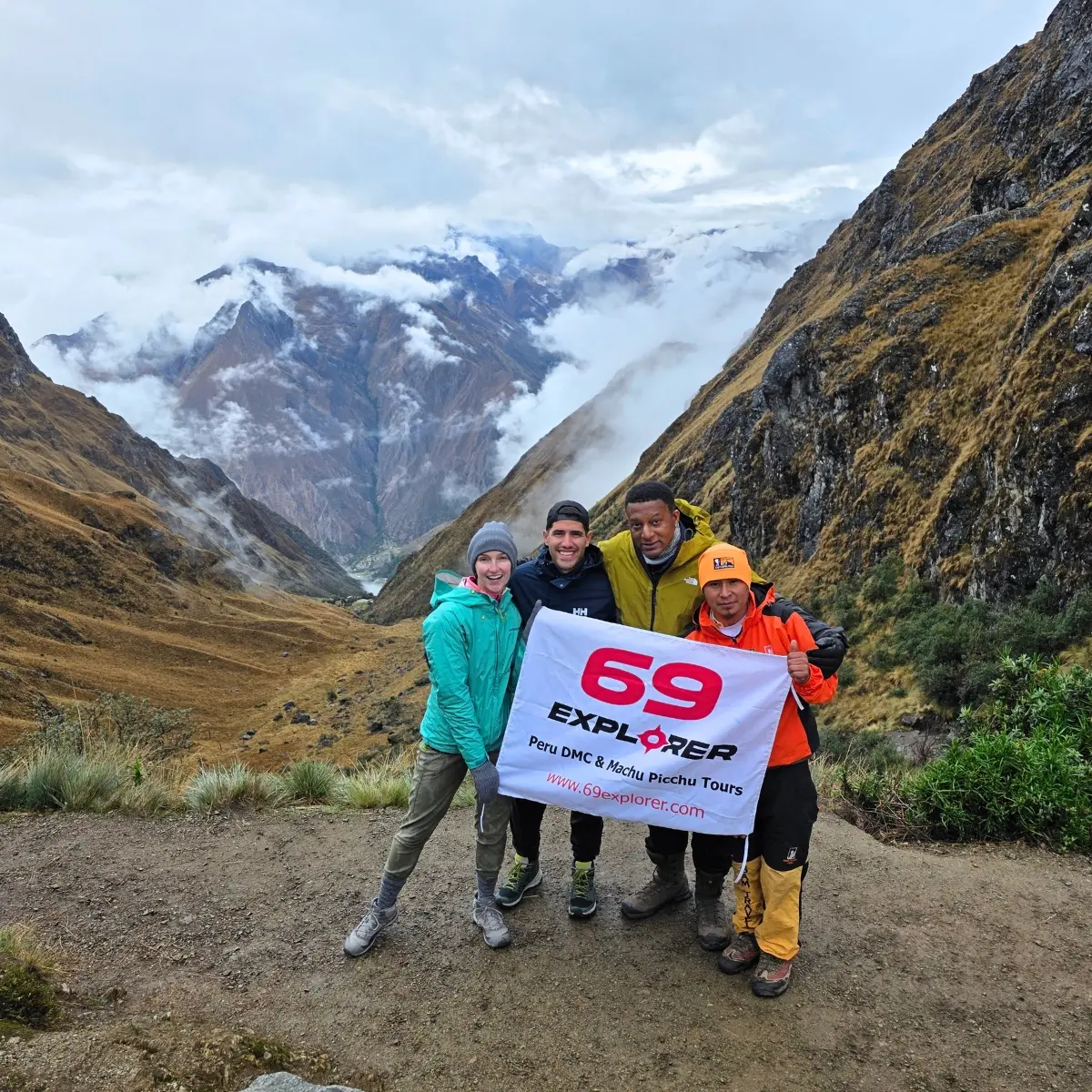Best Tours in Ica and Huacachina
A beautiful city in southwest Peru that boasts beautiful wineries, Pisco distilleries, and vast sand dunes. This city of adventure has something to offer around every corner, whether you’re looking for a thriling sandboarding or dune buggy experience, or you want to explore museums with ancient artifacts. Maybe you would like a relaxing evening surrounded by palm trees by a beautiful lagoon at the Huacachina oasis.
How to get to Ica?
By Car
- From Lima: 4 to 5 hours along the Pan-American Highway.
- Route: A scenic drive south, with coastal and desert views.
- Tips: Ensure your vehicle is road-ready and follow traffic regulations.
A Glimpse into Ica’s Rich History
Ica has a long and fascinating history that dates back to pre-Columbian civilizations, including the Paracas and the Nazca cultures. The region is home to the famous Nazca Lines, mysterious geoglyphs etched into the desert floor that depict various animals and shapes. These ancient figures, best seen from the sky, have puzzled archaeologists and remain a source of wonder and speculation. The Regional Museum of Ica offers an in-depth look at the artifacts and mummies left by these ancient civilizations, giving visitors a greater understanding of their culture and daily life.
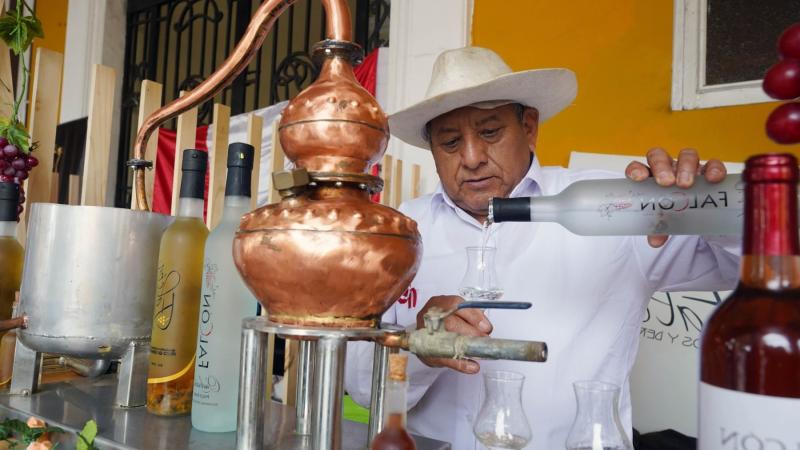
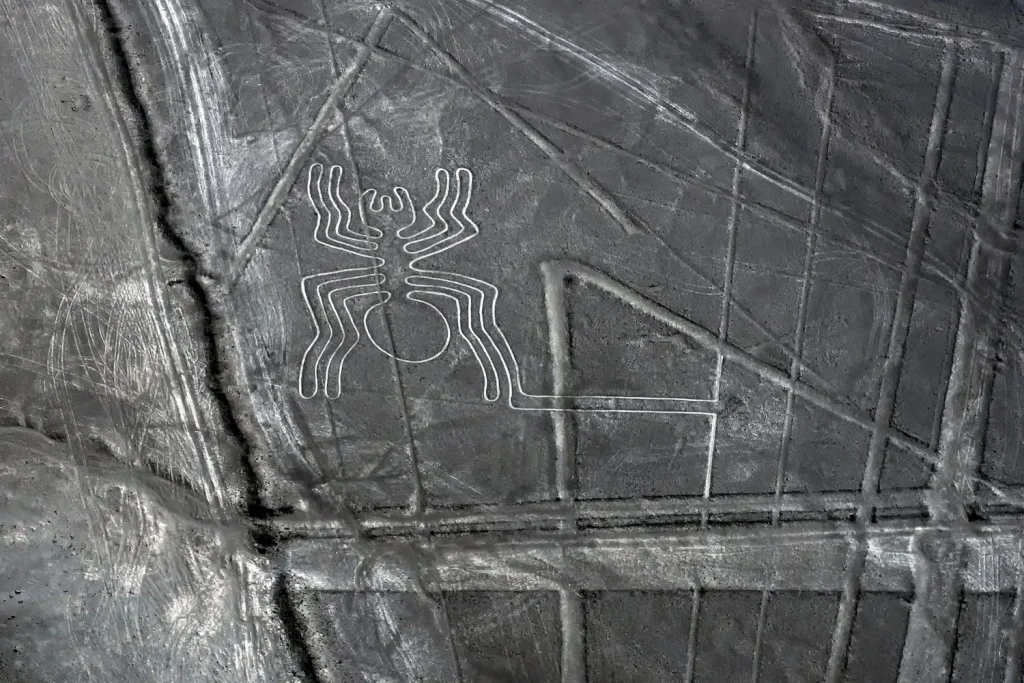
Ica’s Renowned Vineyards and Pisco Tradition
Ica is also celebrated as the birthplace of pisco, Peru’s national spirit. The region’s warm, dry climate makes it ideal for vineyards, which produce high-quality grapes for both wine and pisco production. Tourists can visit traditional wineries such as Bodega Tacama, Bodega El Catador, and Viñas Queirolo to learn about the process of making pisco and to sample this iconic drink. The annual Festival de la Vendimia (Harvest Festival) in March is a highlight, featuring parades, music, and grape stomping as part of the celebration.
Gastronomy: Savoring the Flavors of Ica
Ica’s cuisine is a delicious blend of coastal and Andean influences. Must-try dishes include carapulcra, a traditional stew made with dried potatoes, pork, and spices, and sopa seca, a noodle dish often served alongside it. Fresh seafood dishes such as ceviche are also popular, thanks to Ica’s proximity to the Pacific Ocean. For dessert, tejas, a sweet treat made of dried fruits, nuts, and caramel covered in sugar or chocolate, are a local specialty.
The Oasis of Huacachina: A Desert Paradise
One of Ica’s most iconic sights is Huacachina, a picturesque oasis surrounded by towering sand dunes. This small village has become a popular destination for those seeking adventure and relaxation. Visitors can take part in sandboarding or dune buggy rides, activities that provide an adrenaline-pumping way to experience the desert’s vast beauty. After a day of excitement, the tranquil lagoon at the center of Huacachina offers a perfect spot to unwind.
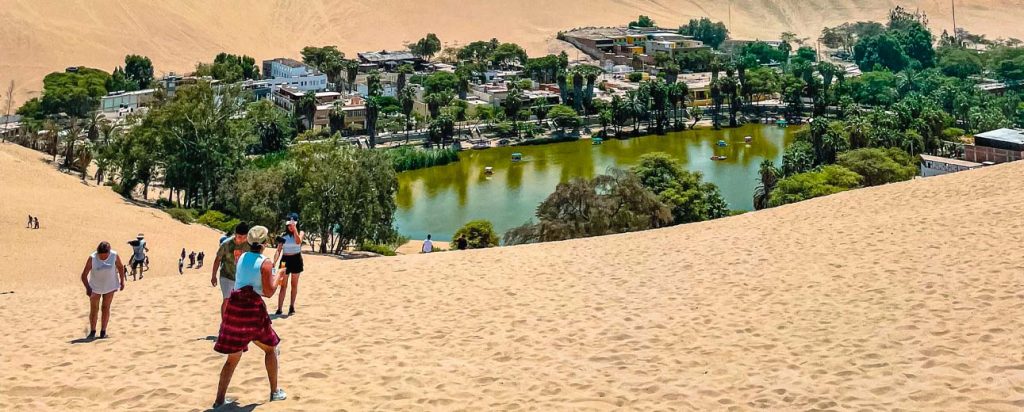
Natural Wonders: The Ballestas Islands and Paracas Reserve
A short drive from Ica, the Paracas National Reserve and the Ballestas Islands offer a chance to witness incredible wildlife, including sea lions, penguins, and various bird species. The reserve’s unique coastal landscapes provide a striking contrast to Ica’s sandy desert, showcasing the region’s natural diversity. The famous Candelabro geoglyph, carved into a hillside and visible from the sea, is another mysterious and intriguing attraction in the area.
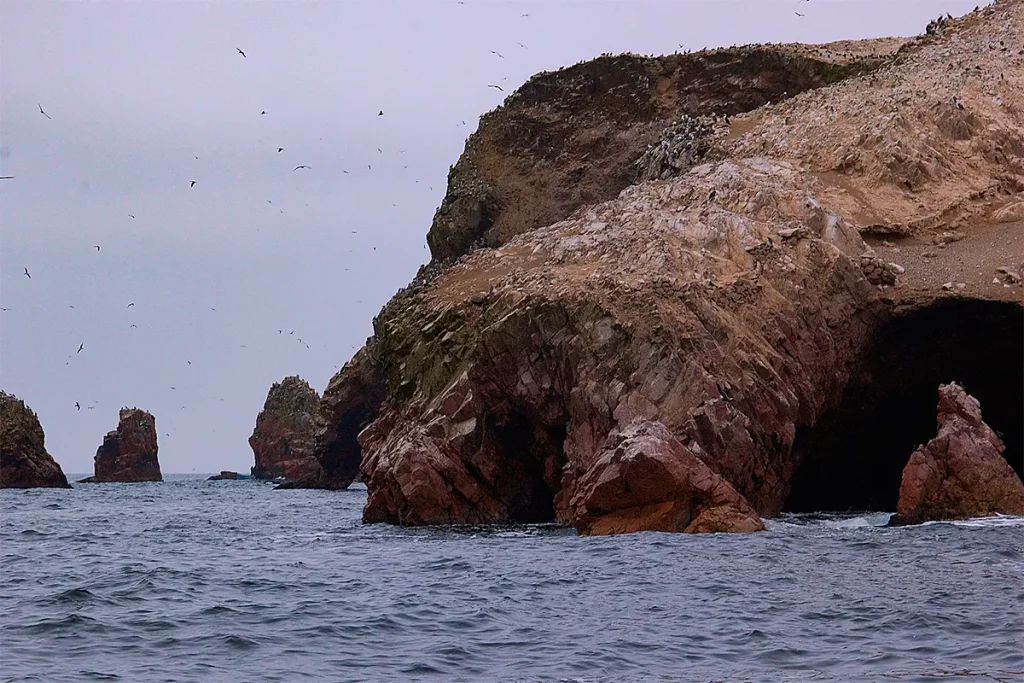
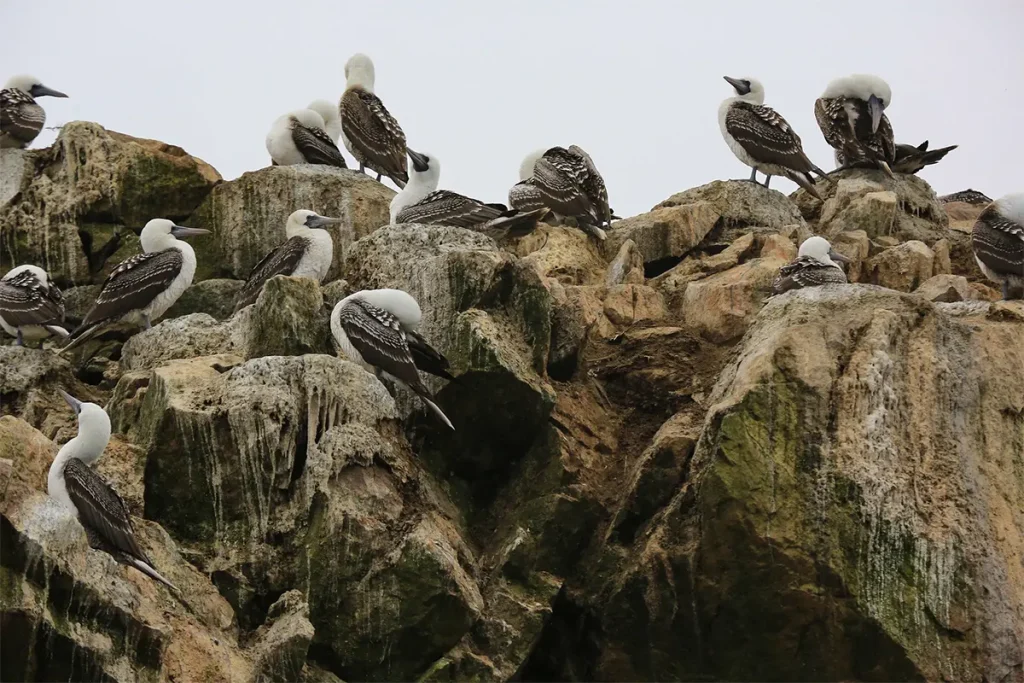
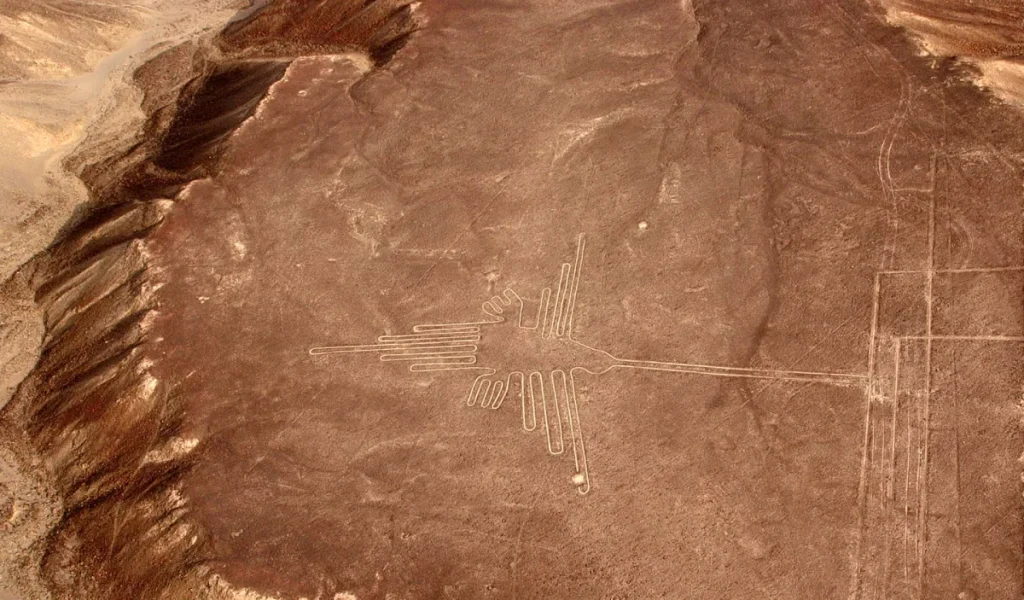
Nazca
Located in the arid southern coast of Peru, Nazca is a destination surrounded by mystery and ancient engineering. The region was home to the Nazca culture (200 BC – 600 AD), known for its advanced knowledge of pottery, textiles, and irrigation systems that allowed life to flourish in one of the driest deserts on Earth.
A flight over the Nazca Lines is the highlight of any visit. From above, you can see the most famous shapes: the Hummingbird, Monkey, Spider, and Condor, stretching across kilometers of desert. The precision and scale of these figures continue to fascinate scientists and travelers. Their purpose remains an open question tied to astronomy, water worship, or ceremonial pathways.
Beyond the lines, Nazca offers more to explore. The Chauchilla Cemetery reveals ancient tombs and remarkably preserved mummies, while the Cantalloc Aqueducts display the Nazca’s impressive hydraulic systems still functioning today. Nearby, the Huacachina Oasis, Cahuachi ceremonial center, and desert buggy rides provide great add-ons for travelers continuing through southern Peru. Whether from the sky or on the ground, Nazca is a journey into one of Peru’s most intriguing ancient landscapes.
FAQS
Ica enjoys warm, sunny weather all year long, making it a great destination in any season. The best months are from May to November, when days are clear and dry—perfect for exploring the desert and the Huacachina oasis. From December to April, temperatures rise and occasional light rain may occur, but the region remains ideal for outdoor adventures.
Most travelers stay in or near Huacachina, a small desert oasis just 10 minutes from Ica city. It’s the best area for sandboarding, buggy rides, and relaxing by the lagoon.
If you prefer a quieter or more local experience, staying in Ica city offers easy access to vineyards, museums, and bus connections. Many hotels and lodges also include tours or wine tastings as part of their stay.
Plan for at least 1 to 2 days to enjoy the highlights—Huacachina dunes, pisco and wine tours, and a sunset in the desert.
If you want to explore more, such as the Ballestas Islands or Nazca Lines, consider 3 days to combine Ica with nearby attractions along the southern coast.
Ica and Huacachina are generally safe and welcoming.
-Keep valuables secure and avoid carrying large sums of cash.
-Use authorized taxis or prearranged transport for intercity travel.
-The desert can get very hot during the day, so bring sunscreen, water, and light clothing.
With basic precautions, Ica is a comfortable and easygoing stop on any Peru itinerary.
Getting around is simple:
-Mototaxis and taxis are the main forms of local transport within Ica and to Huacachina.
-Tours typically include transfers to vineyards, dunes, or nearby towns.
-For regional trips (like Paracas or Nazca), buses and private transfers are frequent and reliable.

